References and sources
Related Research Articles

Sir William Turner Walton was an English composer. During a sixty-year career, he wrote music in several classical genres and styles, from film scores to opera. His best-known works include Façade, the cantata Belshazzar's Feast, the Viola Concerto, the First Symphony, and the British coronation marches Crown Imperial and Orb and Sceptre.
Robert Wilfred Levick Simpson was an English composer, as well as a long-serving BBC producer and broadcaster.
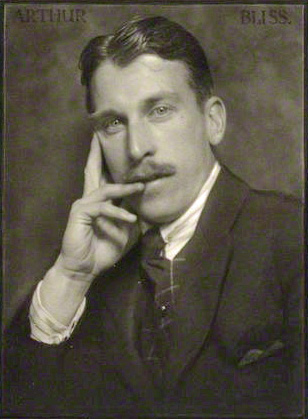
Sir Arthur Edward Drummond Bliss was an English composer and conductor.
The Variations on a Theme by Joseph Haydn, now also called the Saint Anthony Variations, is a work in the form of a theme and variations, composed by Johannes Brahms in the summer of 1873 at Tutzing in Bavaria. It consists of a theme in B♭ major based on a "Chorale St Antoni", eight variations, and a finale. The work was published in two versions: for two pianos, written first but designated Op. 56b; and for orchestra, designated Op. 56a. The orchestral version is better known and much more often heard than the two-piano version.
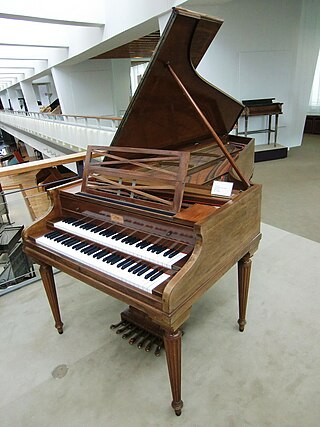
Concert champêtre, FP 49, is a harpsichord concerto by Francis Poulenc, which also exists in a version for piano solo with very slight changes in the solo part.

Edward Elgar's Cello Concerto in E minor, Op. 85, his last major completed work, is a cornerstone of the solo cello repertoire. Elgar composed it in the aftermath of the First World War, when his music had already become out of fashion with the concert-going public. In contrast with Elgar's earlier Violin Concerto, which is lyrical and passionate, the Cello Concerto is for the most part contemplative and elegiac.
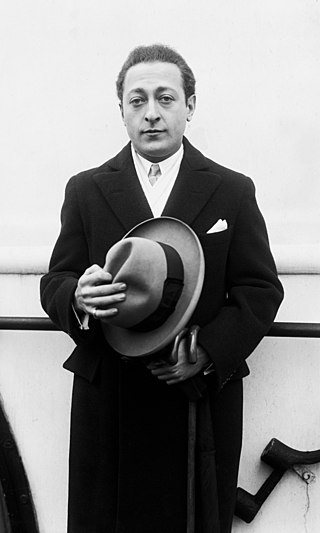
The Violin Concerto by William Walton was written in 1938–39 and dedicated to Jascha Heifetz, who commissioned the work and performed it at its premiere on 7 December 1939 with the Cleveland Orchestra conducted by Artur Rodziński. The British premiere, delayed by the Second World War, was given on 1 November 1941, with Henry Holst as soloist and the composer conducting. Walton later reorchestrated the concerto; the revised version was premiered in 1944. The work has been frequently recorded and has established itself as one of the composer's most durable compositions.
Camille Saint-Saëns composed his Cello Concerto No. 1 in A minor, Op. 33, in 1872, when he was 37 years old. He wrote this work for the French cellist, viola da gamba player and instrument maker Auguste Tolbecque. Tolbecque was part of a distinguished family of musicians closely associated with the Société des Concerts du Conservatoire, France's leading concert society. The concerto was first performed on January 19, 1873, at the Paris Conservatoire concert with Tolbecque as soloist. This was considered a mark of Saint-Saëns' growing acceptance by the French musical establishment.
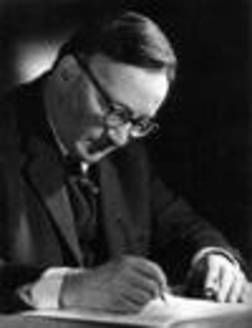
Franz Theodor Reizenstein was a German-born British composer and concert pianist. He left Germany for sanctuary in Britain in 1934 and went on to have his teaching and performing career there. As a composer, he successfully blended the equally strong but very different influences of his primary teachers, Hindemith and Vaughan Williams.
The Viola Concerto by William Walton was written in 1929 and first performed at the Queen's Hall, London on 3 October of that year by Paul Hindemith as soloist and the composer conducting. It had been written with the violist Lionel Tertis in mind, and he took the work up after initially rejecting it. The concerto established Walton as a substantial figure in British music and has been recorded by leading violists internationally. Walton revised the instrumentation of the concerto in 1961, lightening the orchestral textures.
The Symphony No. 2 by William Walton was written between 1957 and 1960, and premiered in September 1960. It received a mixed reception at first: some critics thought Walton's music old-fashioned. Subsequently it has been re-evaluated and praised. The work was first performed by the Royal Liverpool Philharmonic Orchestra, conducted by John Pritchard and was first recorded by the Cleveland Orchestra, conducted by George Szell. It has subsequently been recorded by conductors from Britain, the US and elsewhere.
The Symphony No. 1 in B♭ minor is one of two symphonies by the English composer William Walton. The composer had difficulty in completing the work, and its first public performance was given without the finale, in 1934. The complete four-movement work was premiered the following year.
Edvard Grieg composed the Cello Sonata in A minor, Op. 36 for cello and piano, and his only work for this combination, in 1882–83, marking a return to composition following a period when he had been preoccupied with his conducting duties at the Bergen Symphony Orchestra as well as illness.
Pyotr Ilyich Tchaikovsky composed his Orchestral Suite No. 3 in G, Op. 55 in 1884, writing it concurrently with his Concert Fantasia in G, Op. 56, for piano and orchestra. The originally intended opening movement of the suite, Contrastes, instead became the closing movement of the fantasia. Both works were also intended initially as more mainstream compositions than they became; the fantasia was intended as a piano concerto, while the suite was conceived as a symphony.
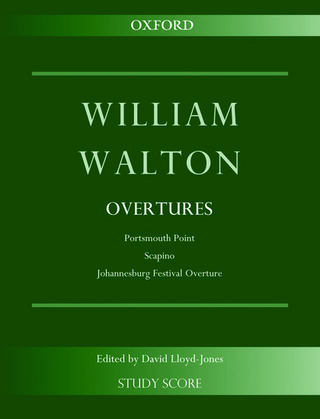
Johannesburg Festival Overture is a composition for orchestra by the English composer William Walton, commissioned to mark the seventieth anniversary of Johannesburg in 1956. It is a short, lively piece, fast-moving throughout.
William Walton's Cello Concerto (1957) is the third and last of the composer's concertos for string instruments, following his Viola Concerto (1929) and Violin Concerto (1939). It was written between February and October 1956, commissioned by and dedicated to the cellist Gregor Piatigorsky, the soloist at the premiere in Boston on 25 January 1957.
Improvisations on an Impromptu of Benjamin Britten is an orchestral piece by William Walton. It was first performed by the San Francisco Symphony Orchestra, conducted by Josef Krips, on 14 January 1970. Its European premiere was at Benjamin Britten's Aldeburgh Festival in June of that year. The work has subsequently been recorded for commercial release.

Scapino is a short work for large orchestra by William Walton, described by the composer as a "comedy overture". It was commissioned by the Chicago Symphony Orchestra and was first performed in 1941. A revised version was premiered in 1950.
William Walton's Partita for Orchestra is a three-movement work for large orchestra, composed for, dedicated to and first performed by the Cleveland Orchestra and its conductor George Szell. The work was composed in 1957 and premiered on 30 January 1958.
References
- ↑ Howes, p. 54
- ↑ Hayes, p. 266
- ↑ Hayes, p. 286
- 1 2 3 Kennedy, p. 220
- ↑ "Sound Broadcasting", The Times, 8 March 1963, p. 15
- ↑ WorldCat OCLC 36848749
- 1 2 3 4 5 Palmer, Christopher (1992). Notes to Chandos CD CHAN 9016
- ↑ "Variations on a Theme by Hindemith", Oxford University Press. Retrieved 8 December 2020
- ↑ Notes to BBC Legends CD BBCL 4098-2; Naxos CD 8.553869; and Decca CD 00028947020028
- ↑ Howes, p. 55
- ↑ Kennedy, p. 221
- 1 2 Howes, p. 58
- ↑ Howes, pp. 58–59
- 1 2 Howes, p. 59
- ↑ Howes, pp. 59–60
- 1 2 Howes, p. 60
- ↑ Howes, pp. 60–61
- ↑ Hayes, p. 347
- ↑ Heyworth, Peter. "Walton Free-wheels", The Observer, 10 March 1963, p. 27; Elliot, J. H. "Philharmonic Anniversary Concert", The Guardian, 9 March 1963, p. 5; and Goodwin, Noël. "Walton's 'Variations on a Theme of Hindemith'", Tempo, Spring, 1963, pp. 33–34
- ↑ Adams, Byron. "Walton, William," Grove Music Online, Oxford Music Online. Retrieved 8 December 2020 (subscription required)
- ↑ Matthew-Walker, Robert (2017). Notes to Hyperion CD CDA67987
Sources
- Hayes, Malcolm (2002). The Selected Letters of William Walton. London: Faber & Faber. ISBN 978-0-571-20105-1.
- Howes, Frank (1973). The Music of William Walton (second ed.). London: Oxford University Press. ISBN 978-0-19-315431-5.
- Kennedy, Michael (1989). Portrait of Walton. Oxford: Oxford University Press. ISBN 978-0-19-816705-1.